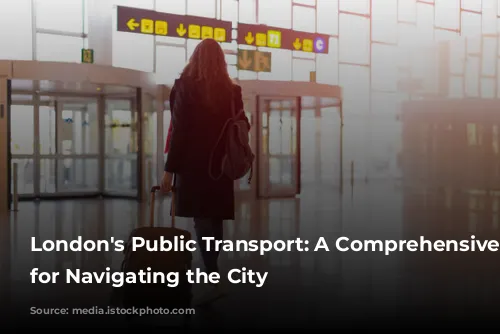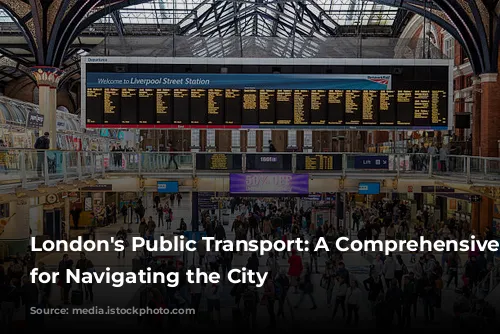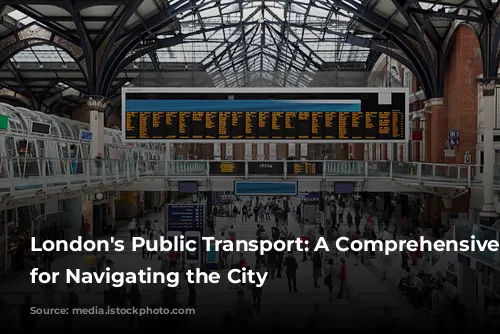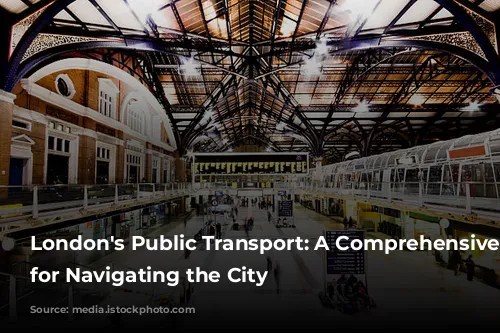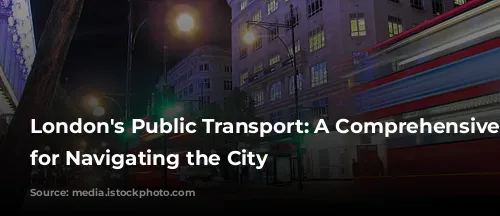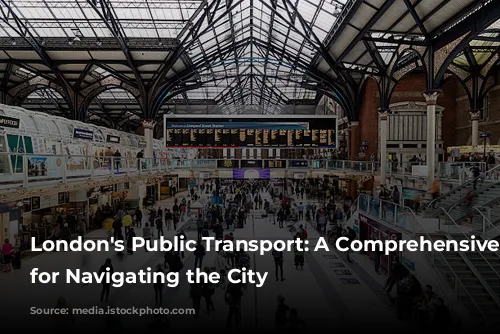It’s no secret that London is a city built for walking and using public transport. With its extensive and efficient network, you can easily explore every corner of the city without needing a car. This guide will equip you with all the information you need to confidently navigate London’s public transport system, from the different types of transport available to the cost of fares and how to save money.
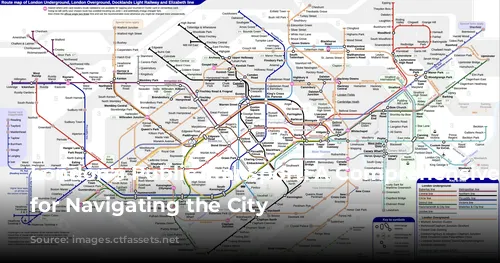
Navigating the City with Ease
London’s public transport system is a marvel of modern engineering, offering a diverse range of options. From the iconic Underground, affectionately known as the Tube, to the modern Elizabeth Line, the city provides seamless connections across its vast network.
The Underground is the city’s lifeline, with 11 lines and over 270 stations serving millions of passengers every day. This extensive network, mainly concentrated between Zone 1 and Zone 6, ensures that most residents have a station just a short walk from their homes. The Night Tube offers a convenient late-night service on selected lines for those who enjoy a bustling city nightlife.
National Rail connects London with the rest of the UK, offering suburban and cross-country travel options. The Overground provides convenient links between central London and the suburbs, while the Elizabeth Line offers high-speed connections to major locations across the city.
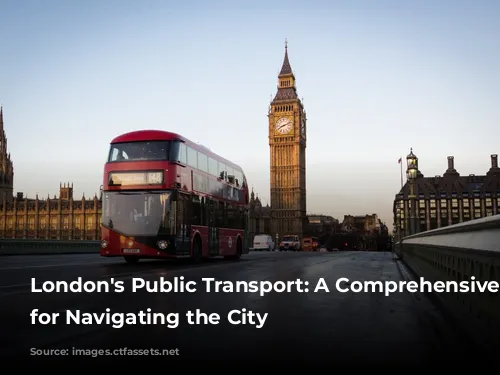
Beyond the Rails: Tram, Bus, and Boats
London’s public transport system extends beyond the Tube and trains. The DLR (Docklands Light Railway), a driverless metro system, connects the City of London to the Canary Wharf financial district. Tramlink, London’s tram network, primarily serves the southern parts of the city, connecting areas like Wimbledon, Croydon, and Beckenham.
Buses, especially the iconic double-decker buses, are a popular and extensive mode of transport. They connect every corner of the city, with most lines running throughout the night. You can also explore the city from a different perspective by taking a river cruise, offering stunning views of London’s landmarks.
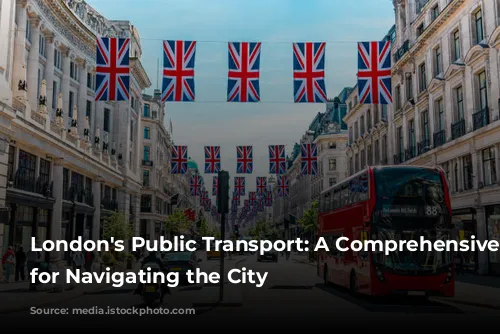
Travel Costs and Tips for Saving Money
Public transport in London is a significant part of the cost of living. While it can be expensive, you can save money by using the right payment methods and subscriptions.
The most common way to pay for public transport is pay-as-you-go, which allows you to tap your card or mobile device at the start and end of your journey. Contactless payment is a convenient option for those who don’t want to use a dedicated travel card.
The Oyster card is a dedicated travel card for London’s public transport. It offers cheaper fares than buying individual tickets and allows you to add various travel options, such as daily or weekly caps, Travelcards, and Bus & Tram passes.
Travelcards provide unlimited travel on most modes of transport within specific zones. They are a good option for frequent travelers, especially for monthly or annual travel passes.
Hopper fares offer unlimited travel on buses and trams within a one-hour period for a fixed price. This option is perfect for short journeys within a particular area.
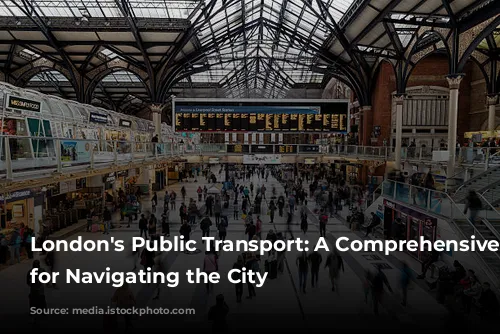
Essential Apps for Navigating the System
The TfL Go app, developed by Transport for London, is the official app for planning your journeys. It provides live updates on bus, train, Tube, and tram services. The Citymapper app is another excellent option, offering live information on multiple transport options, offline maps, and ticket prices. TfL Oyster app allows you to manage your Oyster card, top up your balance, and purchase travel passes.
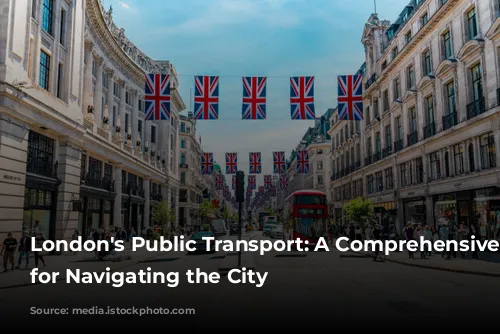
Enjoy Your Journeys Through London
Navigating London’s public transport system may seem daunting at first, but with this comprehensive guide, you can travel through the city with ease and confidence. Armed with the right information and tools, you’ll be able to explore every corner of London, embracing its vibrant culture and countless attractions.
